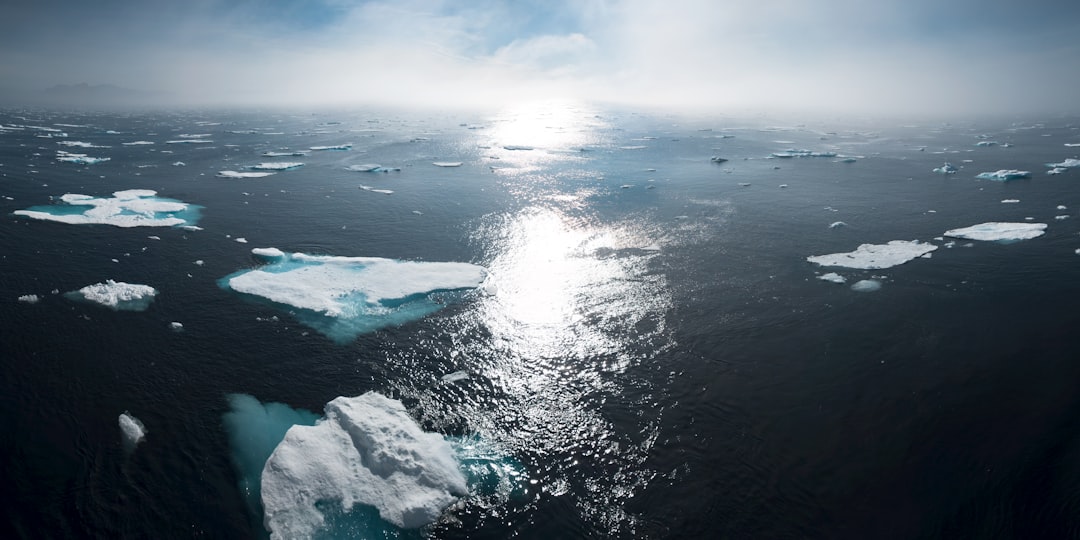## Greenland and the US: A Frosty Financial Forecast?
The hypothetical scenario of Greenland becoming part of the US has sparked renewed interest, raising eyebrows not just in geopolitical circles, but also within the financial world. While the idea itself remains firmly in the realm of speculation – with no current serious proposals from either side – the potential economic and financial ramifications are intriguing enough to warrant a closer look, especially for young people starting to navigate the complex world of finance.
The immediate impact on financial markets would likely be centered around resource valuation. Greenland holds vast, largely untapped reserves of minerals, including rare earth elements crucial for modern technologies like smartphones and electric vehicles. US control over these resources could disrupt global supply chains and shift the balance of power in these critical markets. Investors would scramble to assess the potential value of these newfound assets, leading to increased volatility in mining and resource-related stocks. Think of it as a sudden gold rush, but for lithium, graphite, and other essential components of the green energy transition. This presents opportunities for savvy investors, but also risks, as the actual extraction and processing of these resources face logistical and environmental challenges in Greenland’s harsh climate.
Beyond resources, the integration of Greenland’s economy with the US would pose a unique set of challenges and opportunities. Greenland’s current economy is heavily reliant on fishing and subsidies from Denmark. Integration with the US could bring an influx of investment in infrastructure, tourism, and potentially even new industries. However, it could also lead to economic displacement for local populations and raise concerns about cultural preservation. The US dollar would likely replace the Danish krone, impacting exchange rates and potentially leading to inflation in Greenland. For young people interested in macroeconomics, this scenario offers a real-world case study of currency integration and its effects on a small, specialized economy. Think about the complexities of incorporating a region with a unique cultural identity and a very different economic structure into a much larger, more developed economy.
Ultimately, the financial impact of a hypothetical US acquisition of Greenland remains uncertain and highly speculative. The logistical, political, and ethical complexities are immense. However, the very possibility sparks important conversations about resource management, economic development, and the interconnectedness of global financial markets. For those starting their journey in the world of finance, understanding these potential scenarios provides valuable insights into how geopolitical shifts can ripple through markets and create both opportunities and challenges for investors and economies alike. It’s a reminder that understanding the world around us, including the complex interplay of politics and economics, is crucial for navigating the ever-evolving financial landscape.



